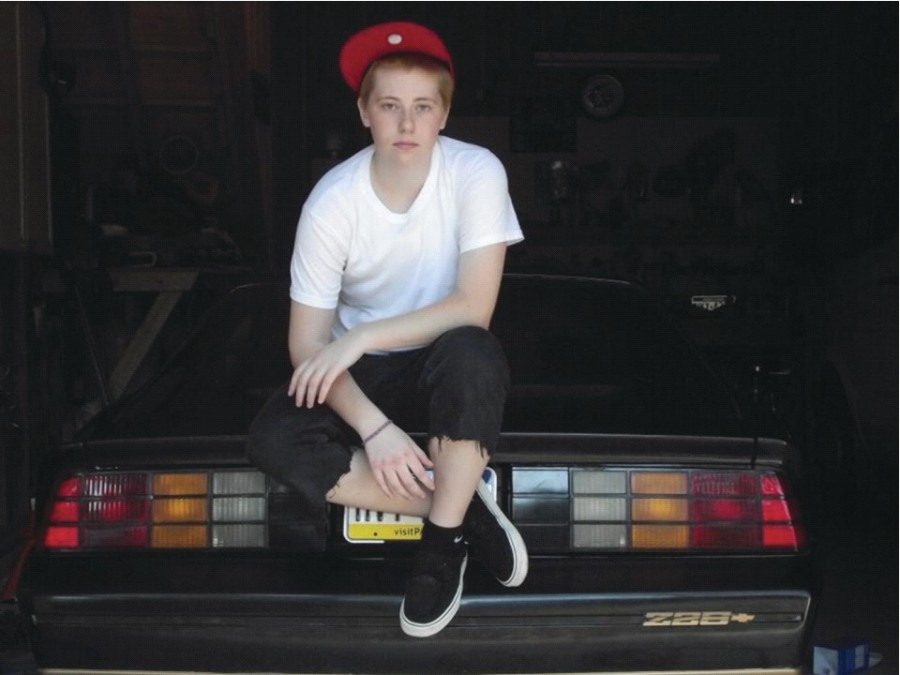Walking down the halls on campus is a boy dressed in tight flamboyant clothes, gaudy jewelry and a strut sassier than Heidi Klum’s on the runway. Would you identify him as a male or female? Would you say he’s more feminine than masculine?
This can be confusing because, “society only likes to see gender as biological sex, a lot of people are not well educated so they look at how a person is born; male or female, and assume that’s their gender. It causes confusion for people under the trans umbrella.” says Dylan Myers, a transgender male here at Bucks.
A common mistake people make is the difference between a person’s genders versus a person’s sex.
A person’s sex is defined by a person’s biological and physiological characteristics. For example, women menstruate and men do not, women have ovaries while men have testicles, women can get pregnant and men cannot – in other words, sex is considered to be either male or female.
On the other hand, a person’s gender is defined under a society’s constructed role, behaviors, activities and things that a society considers to be appropriate for men and women, making it vary from country to country. For example, nursing is seen as a woman’s job in the U.S., making it a feminine role although many men enter the profession, women usually wear tighter jeans so people see it as a feminine style though many men today wear tight jeans – in other words, gender is considered to be either masculine or feminine.
“Some people move away from their birth-assigned gender because they feel strongly that they properly belong to another gender in which it would be better for them to live.” Says Susan Stryker Ph.D. and Associate Professor of Gender and Women’s Studies in her book Transgender History.
People are open to the idea but often it’s hard to tell whether society is ready to fully accept gender diversity.
Despite a general attitude of acceptance in society, it’s still hard for anyone in the LGBT community to live their lives in the same way that others do, for example; dealing with the weird looks one gets as a female with short hair and baggier clothes in the women’s restroom or the male with tight clothes and makeup walking into the men’s locker room for a shower.
Stereotypes, weird looks and assumptions do affect people in the LGBT community greatly.
People today seem to constantly preach to just be yourself, and not care what others think. However, by being gender diverse, you’re constantly put in a position to have people say things that may affect how you feel about yourself within society.
“I don’t understand why it’s a huge deal for people to wear clothes that don’t fit their assigned gender role – they aren’t hurting anyone,” says Jourdên Lloyd, another transgender male here at Bucks.
This issue doesn’t just affect people in the LGBT community; it can also affect someone who is straight but chooses to wear clothes that are gender diverse so they’re put in the same position as anyone who is LGBT.
There are many different terms in the LGBT community that people who are not gender diverse seem to misunderstand. A lot of times transgender and cross-dressing get mixed up.
To be transgender is having a gender identity that doesn’t match the sex you were born with, whereas cross-dressing just means to change your style, to what the opposite gender would normally wear, but you do not seek to be the other sex.
Throughout the years the acceptance of gender diversity has increased.
There are many people who are still not accepting of it, but there is a high chance that they were raised differently from how kids are raised today.
Many children now are brought up with LGBT parents or influences in their lives and understand that you don’t have to fit societal norms on gender identities or roles.
As society grows with more open hearts and minds, there is hope for everyone who is gender diverse to be fully accepted and supported in our generation and generations to come.



